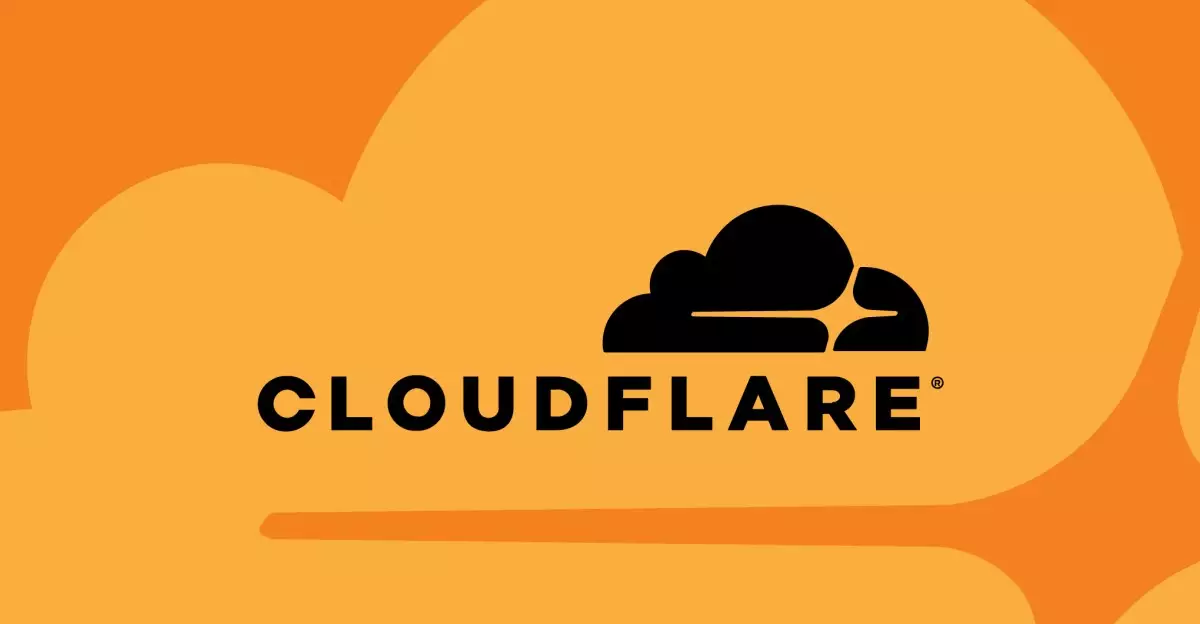In a digital landscape where web scraping has become increasingly rampant, particularly in the context of artificial intelligence, finding effective mitigation strategies has never been more crucial. Cloudflare, a significant player in the internet infrastructure realm, has stepped up to the plate with an innovative approach that warrants attention. Rather than taking the conventional path of blocking nefarious web scrapers outright, Cloudflare introduces its groundbreaking solution, AI Labyrinth. This new tool aims to outsmart bots by luring them into a maze filled with meaningless, AI-generated content. It’s a fascinating development that flips the script on traditional defense mechanisms while posing questions about the ethical dimensions of such strategies in the tech industry.
Understanding the Bot Threat
The rise of web scraping, especially by AI firms seeking data to refine their algorithms, poses a significant challenge for website owners. Despite the existence of standards like the robots.txt file, many scrapers disregard these protocols, leading to a cat-and-mouse game of tactics where websites must continuously adapt to protect their intellectual property. Cloudflare reports staggering numbers of over 50 billion web crawler requests per day, a clear indication of the volume of potential threats being faced. This level of activity underscores the urgency for innovative responses. The traditional methods of bot detection and blocking face issues, as miscreants frequently adapt their strategies in reaction to security measures.
The AI Labyrinth: Concept and Functionality
At the heart of Cloudflare’s AI Labyrinth lies an ingenious concept—rather than simply blocking or blacklisting harmful bots, the tool aims to redirect them into a digital quagmire of AI-generated nonsense. By serving up a collection of decoy pages, Cloudflare effectively wastes the resources of bot operators, making their scraping efforts fruitless. This concept not only defends the content of the websites but also provides an intelligence-gathering mechanism whereby Cloudflare can learn more about the characteristics of malicious bots. This dual-action strategy is a significant advancement in the ongoing battle against web scraping.
Cloudflare describes AI Labyrinth as a next-generation honeypot. Traditional honeypots attract unwanted traffic but often lack the sophistication to engage with and collect data on these bots. In contrast, with AI Labyrinth, bots become ensnared in a web of links leading them deeper into generated content that is unrelated to the sites they intended to scrape. This method provides a treasure trove of information about bot behavior patterns, enabling Cloudflare to enhance its ability to identify and fingerprint bad actors.
Benefits to Website Administrators
For traditional website administrators, AI Labyrinth offers a new and pragmatic solution to an age-old problem. By opting into this defense mechanism through their Cloudflare dashboard, administrators can protect their proprietary content while simultaneously gaining insights into the scraping landscape. This tailored approach not only alleviates the burden of constant monitoring but also simplifies traffic management by automatically redirecting scrapers into the labyrinth. In a time where data integrity is paramount, such tools can empower businesses to safeguard their assets without sacrificing performance or accessibility for legitimate users.
The Ethical Implications of AI-Generated Content
However, while the benefits of AI Labyrinth are clear, ethical implications are entwined with its operation. Generating vast arrays of content—albeit harmless and irrelevant—raises questions about the responsibility of tech companies in handling AI. The potential for contributing to misinformation, even inadvertently, looms large; AI-generated content must be anchored in factuality to ensure that it doesn’t lead the ecosystem astray. Cloudflare’s commitment to producing information based on scientific facts is commendable but requires continuous scrutiny to prevent the proliferation of misleading narratives, even in innocuous formats.
The Future of Bot Mitigation Strategies
This progressive move by Cloudflare signifies just the beginning of what could evolve into an extensive array of defensive strategies against scrapers. The promise of “whole networks of linked URLs” suggests that this technology may soon develop the ability to create ever more sophisticated traps for scrapers, transforming bot mitigation into a more intricate dance of intelligence rather than a straightforward battle of blocks. The tech industry stands on the brink of an exciting evolution, where creativity merges with necessity to safeguard digital content against unwanted intrusions.
As AI Labyrinth shows, innovation is key in this ongoing struggle, and the adaptability it fosters could potentially alter the very framework of how we approach web security in the years to come.

